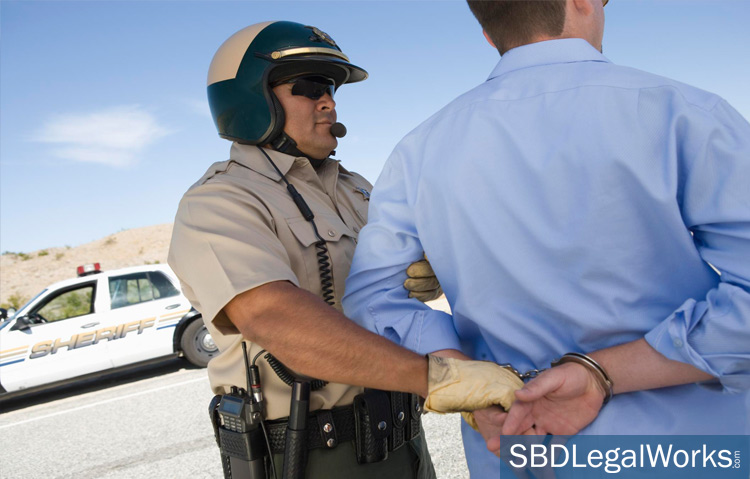
Probable cause is a right enshrined in the United States Constitution. It’s the linchpin of the criminal justice system. It’s the subject of passionate disagreements that spills over into the political process. And it’s a concept bandied around on popular crime drama TV shows.
But how many people can actually answer the question: What is probable cause?
Without a clear definition, it’s easy to slip into murky legal waters or even false allegations.
Defined in the Fourth Amendment
The short answer is that the Fourth Amendment to the Bill of Rights requires that police have “probable cause” before searching someone’s private property or making an arrest. The corollary to that is the “exclusionary rule,” which means that any evidence obtained in a search made without probable cause cannot be admitted into court.
The whole concept seems simple enough, but if your average citizen can’t precisely define what it means in strict legal terms, they can hardly be faulted—the courts themselves, all the way up to the U.S. Supreme Court, are unable to decide on hard-and-fast standards for what constitutes probable cause.
How probable cause is determined
The lack of clarity undoubtedly comes from the fact that every case is different and a one-size-fits-all test would be impractical. That leaves the best approach to be figuring what the “reasonable” response of a police officer in a given situation would be.
Probable cause can best be understood by placing it within a spectrum of percentages. On the low end would be a police officer’s hunch or gut feeling that a person is guilty of a crime. Fans of the TV show NCIS might know that the fictional Special Agent Leroy Jethro Gibbs famously “trusts his gut.” That’s fine for pursuing leads, but that gut instinct is not enough to arrest and hold someone.
Next up on the probability arc would be “reasonable suspicion.” In this case, the officer does have some ironclad facts that would make someone a legitimate person of interest in an investigation. But it falls short of the threshold needed for probable cause.
The first two scenarios are where a reasonable person would conclude a low likelihood of guilt on the part of the suspect. On the high end would be a belief that a person is 51 percent likely to be guilty—or a “preponderance of evidence” which is enough for conviction in a civil matter. Then, there’s the highest threshold of 100 percent or “beyond a reasonable doubt,” the standard for conviction in criminal court.
Thus, we have two extremes. Gut instinct and reasonable suspicion on the side of low probability, with preponderance of evidence and beyond a reasonable doubt on the high side.
Probable cause rests somewhere in between.
Exactly where in between is a matter for considerable debate, and all we know for certain is that it’s less than 50 percent — which is ironic, because it means that probable cause still doesn’t make it probable the person is guilty. But it’s probable enough to make an arrest and file charges.